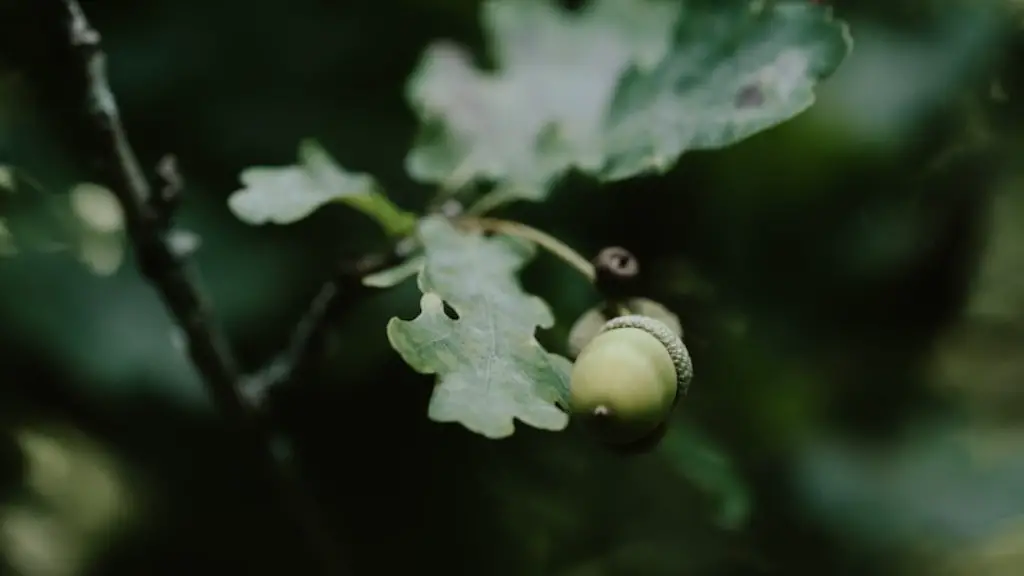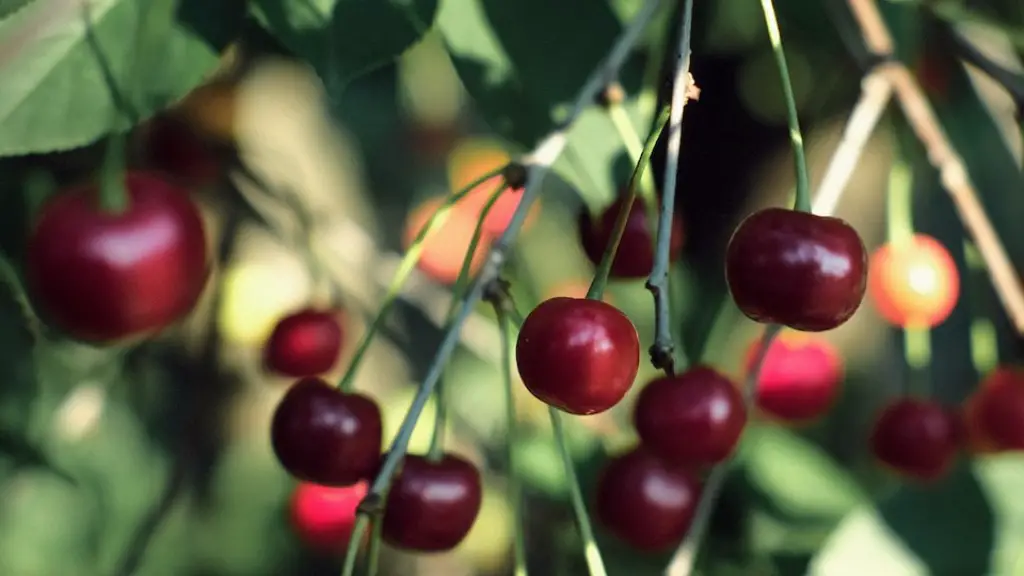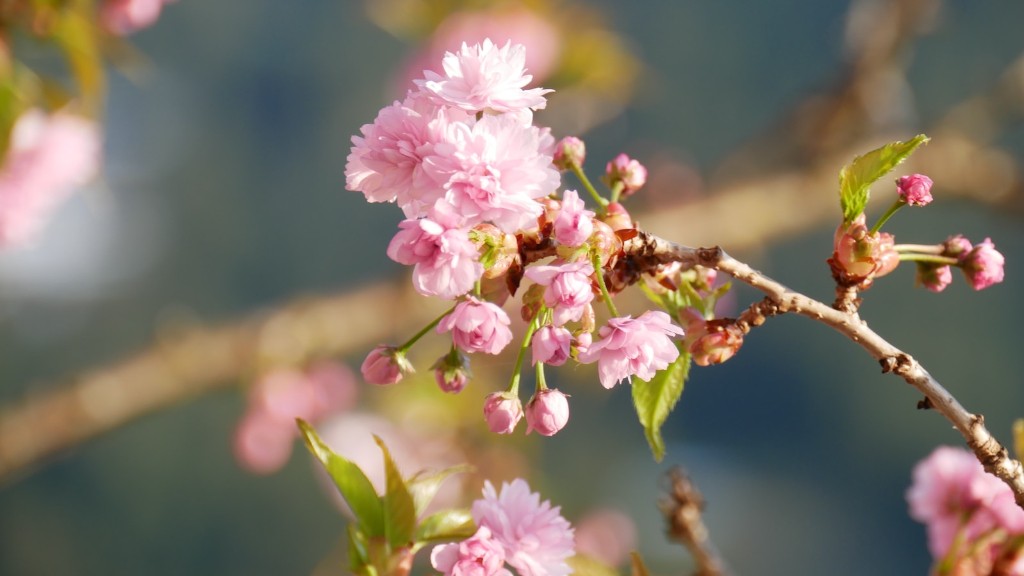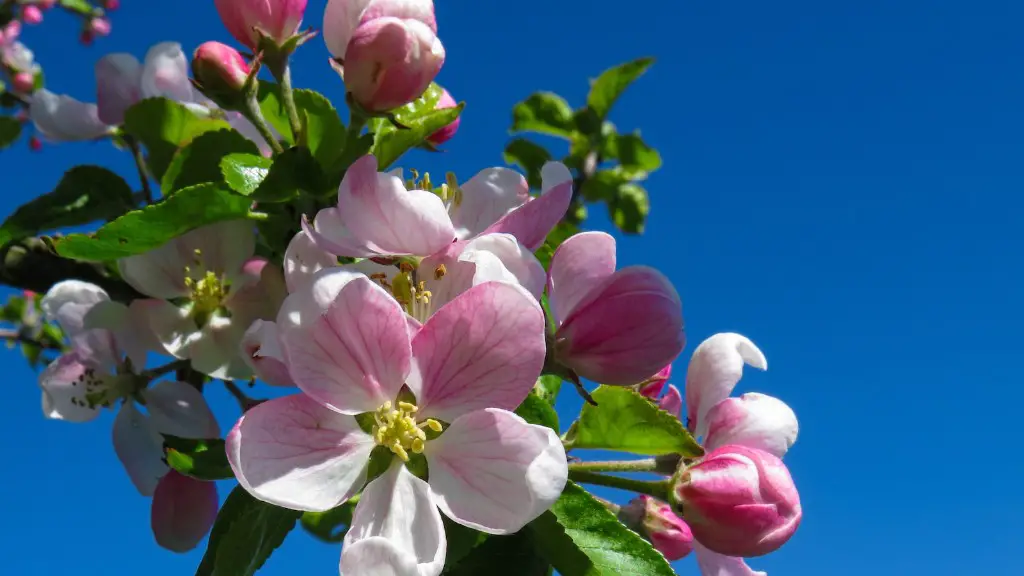Choosing the Right Climate to Plant an Avocado Tree in Florida
Avocado trees are a fun addition to any Florida garden, but they’re not as tolerant of Florida’s sometimes-strange weather as other plants. It pays to pay attention to the best climate for an Avocado tree to thrive when planting one.
The Avocado tree is native to Mexico, Central America, and parts of the Caribbean. Avocado trees thrive in warm climates with moderate rainfall and very little frost, so the climate in much of South Florida, especially in the coastal areas, fits them perfectly.
Because of their frost sensitivity, Avocado trees are unlikely to grow in North Florida and definitely not recommended in inland areas. Even in South Florida, some areas are more suited to Avocado tree cultivation than others. Areas close to the coast and near the Gulf of Mexico tend to be the ideal spots for an avocado tree to thrive.
Dr. Fernanda Dias, Avocado Tree Specialist from the University of Florida, suggests it is important to watch the temperature and wind patterns in an area before planting an Avocado tree, as Avocado trees are very frost sensitive and cold weather events can have a drastic effect on a tree’s health. “Everything depends on the local temperature and the cold frequency,” she said. “A particular tree might have been able to survive a few cold nights, but if those cold nights are frequent, chances are the tree won’t make it and won’t produce valuable fruit.”
Fernanda also recommends paying attention to wind patterns in an area and how they may limit the chances of successful Avocado cultivation. “Avocado trees are very wind-sensitive and tend to take damage easily when wind speed is too high,” she said. “High winds can deform the tree and make it impossible to produce fruit.”
If conditions are right, however, it’s relatively straightforward to grow an Avocado Tree from seed and it’s almost as easy to get started from a sapling. In either case, precautionary steps need to be taken to protect the delicate plant.
Providing for the Basic Needs of an Avocado Tree
An Avocado Tree requires about eight to 10 hours of sunlight every day, so make sure to plant it in the correct location. This means no trees or vegetation that could act as a shade, as this would limit its growth.
Avocado Trees need plenty of space for their roots to grow, at least 6 to 8 feet in any direction. Planting too close to other trees and plants can limit the size and health of an Avocado Tree.
Water needs to be readily available, both in the soil and above it. Apart from rainwater, an Avocado Tree will need supplemental watering, especially during the dry season – around 1 to 2 inches of water per week is the general rule.
Dr. Dias further recommends periodically checking soil condition before planting an Avocado Tree, as Florida soils can vary wildly. “It’s important to test the soil and adjust the pH level,” she said. “The best pH for an Avocado tree is 5.2 to 6.2, as this will give it the best chance of thriving.”
Finally, mulch should be used to create a barrier around the root system to regulate temperatures and keep moisture in the soil.
Care and Maintenance Tips for Avocado Trees in Florida
Once planted correctly and provided for in terms of basic needs, getting an Avocado Tree to grow and produce fruit is a matter of ongoing care and maintenance.
Fertilizing an Avocado Tree with balanced formulations every three to four months is a good idea. This can be done with both organic materials such as compost and manure, as well as chemical fertilizers.
Pruning an Avocado Tree is essential for its proper growth. Pruning should take place in the late winter and early spring before the tree starts flowering and producing fruit.
Finally, learning to spot disease and pests early is important. Avocado Trees are usually resistant to disease, but can still be affected by pests like aphids, mealybugs, and scale. These should be treated as soon as possible with insecticides.
Harvesting Tips for Avocado Trees in Florida
Harvesting the fruit from an Avocado Tree can be a tricky process, as the fruit has a notoriously thin skin that can be easily damaged in transit.
The best time to harvest Avocados in Florida is typically during the spring. The fruit should be left to ripen on the tree and harvested when they are slightly soft.
When picking them, carefully turn the fruit in the palm of your hand. If it feels slightly soft then it should be ready to eat. It may be best to harvest the mature fruit with a fruit picker to avoid damaging the tree.
After harvesting isn’t the only time to be mindful of the fruit’s soft skin. Avoid bumping it or putting too much pressure on it by carrying the fruit exclusively in its own container.
Avocado Tree Propagation in Florida
With a little bit of patience and perseverance, it is possible to propagate Avocado Trees in Florida. The process isn’t difficult but there are some conditions that need to be met.
Propagation is best done in the late spring and summer months, when the ambient temperature is warm enough to favor root growth.
You can propagate an Avocado Tree by planting its seed or cutting a branch from an existing tree and planting it. Both methods work fairly well but seed propagation usually produces the best results.
When propagating from seed, the first step is to clean the seed from the flesh and remove any gel-like residues. It’s then important to keep the seed moist by burying it in moist soil or putting it in a damp cloth. If done correctly, the seed will start to germinate within three weeks.
Propagating by branch is much faster and simpler, but requires careful attention and patience. When cutting a branch from another tree, make sure to use clean shears or knife and to cut the branch right above a node. This new branch can then be planted in moist soil and watered regularly.
Grafting Avocado Trees in Florida with Success
Grafting is another way to propagate Avocado Trees in Florida. While it is more complicated than just planting a seed, it can give faster and more consistent results than other methods.
The process consists of cutting a branch from an existing Avocado Tree and inserting it onto a rooted sapling. To properly graft a branch, you must match up the cambium layer between the branch and the sapling and hold it in place until it sets. This process is best done during the late winter.
Successful grafting requires patience and a good understanding of the anatomy of the tree. Even after all the steps are completed and the graft successfully completes, there is no guarantee that the tree will survive and produce fruit. Therefore, it’s important to pay attention to the tree and make sure it has all its basic needs taken care of.
Protecting an Avocado Tree from Frost in Florida
Though Avocado Trees can survive in Florida, cold weather is an ongoing concern and it pays to take steps to protect the tree.
Covering the tree with a tarp or blanket can help keep it safe when the temperature drops too low. Wrapping the base of the tree can be a good way to protect it, as it will help keep the root system safe.
For an extra layer of protection, an irrigative system should be put in place. An irrigation pipe can be used to directly water the root system and act as a source of warmth for the tree. This can also be used in conjunction with a tarp or blanket.
It is also important to make sure there is no standing water around the tree. Rainwater accumulates quickly in Florida and can have a negative effect on the health of an Avocado Tree during the winter months.
Conclusion
Planting an Avocado Tree in Florida isn’t easy but with the right climate, care, and protection from frost, it’s possible to have a successful crop. Taking the time to consider the climate, location, and needs of the tree can be the difference between success and failure.




